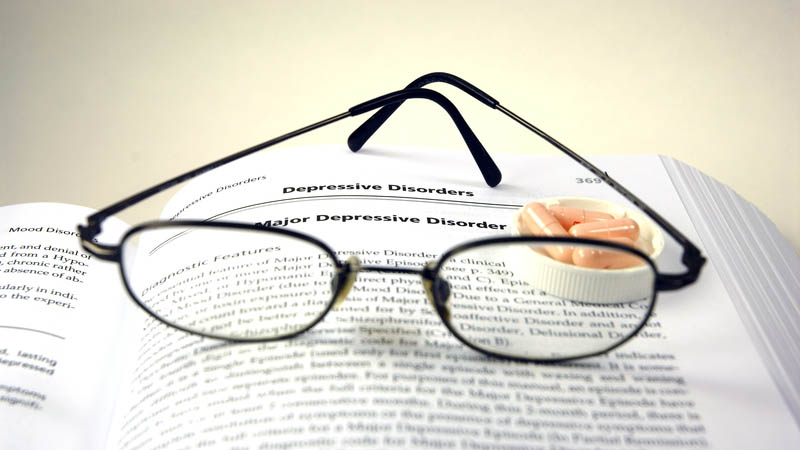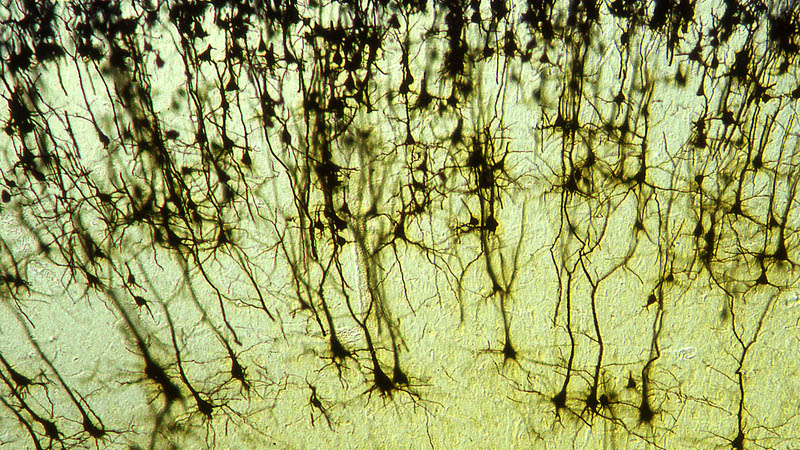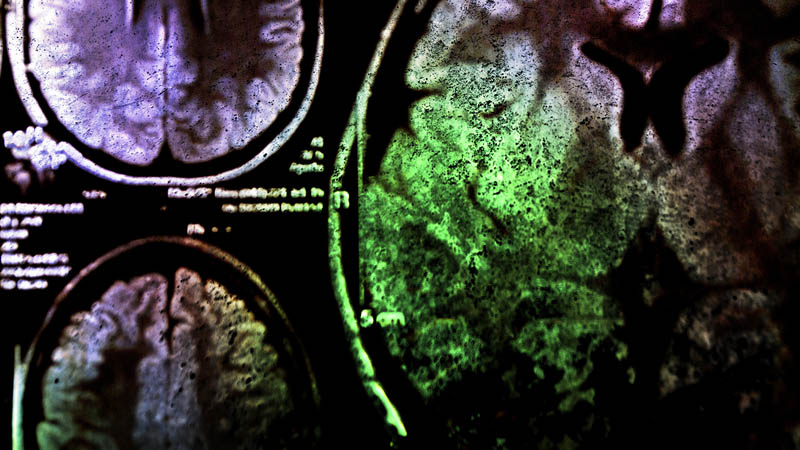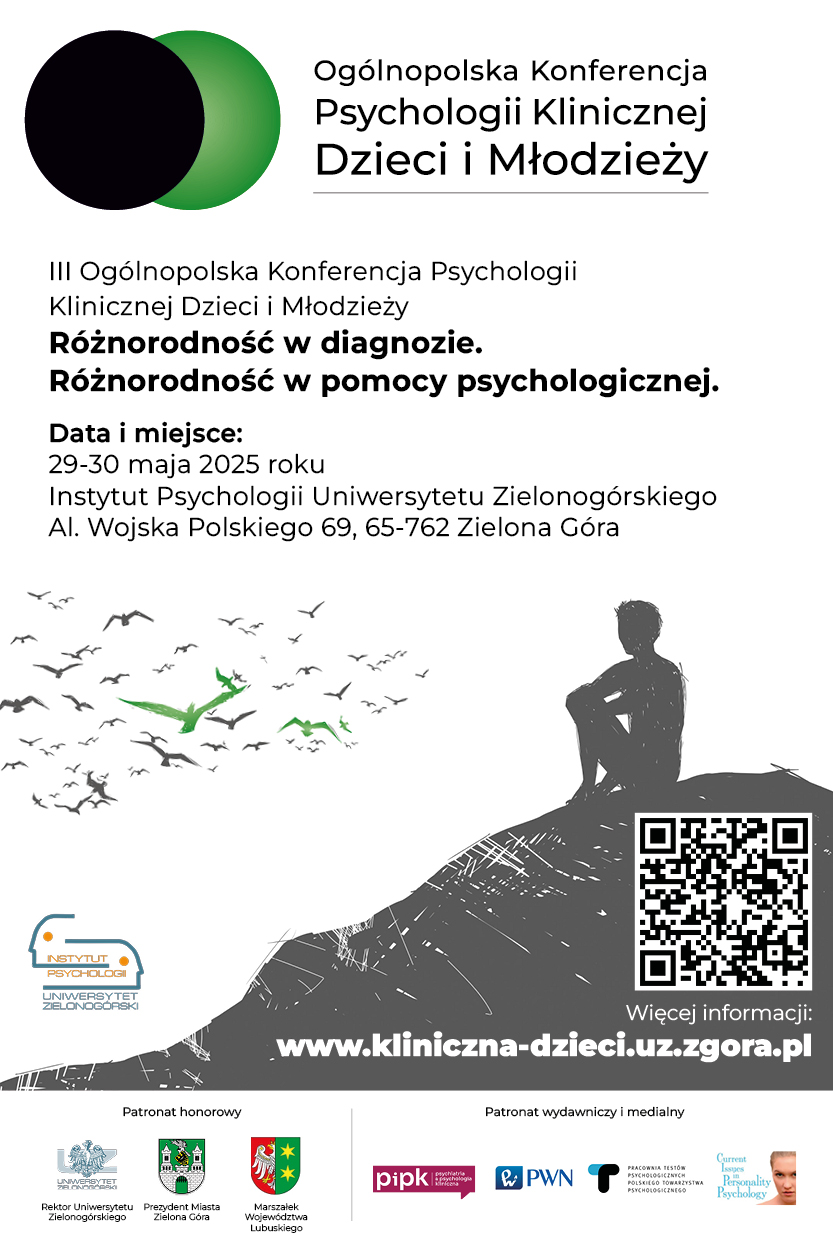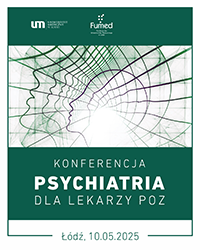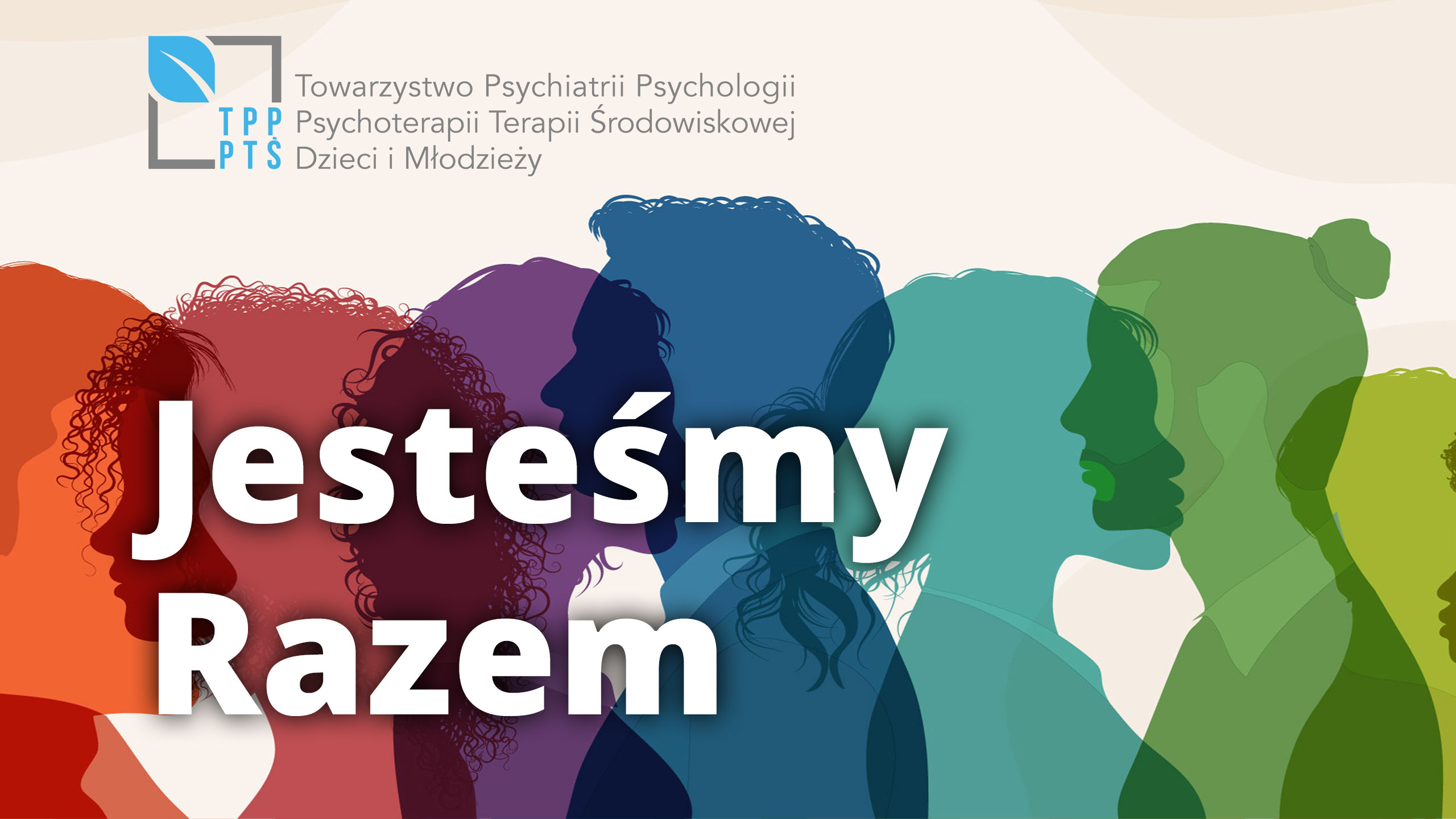The role of EEG and CT scan in the assessment of criminal responsibility in homicide offenders or perpetrators of severe body injury
Anna Sieradzka1, Magdalena Erendt-Bartczak2, Konrad Jankowski3
 Affiliacja i adres do korespondencji
Affiliacja i adres do korespondencjiIntoxication with ethanol is widely recognized as a risk factor for committing a crime, particularly for people who consumed alcohol 24 hours before committing homicide or causing serious injury to the victim’s body. The study attempts to evaluate the relationship between additional tests: computed tomography and electroencephalography in ethanol intoxicated homicide offenders or perpetrators of severe body injury and the assessment of diminished criminal responsibility. The study group consisted of 90 individuals suspected of crime against life or health, classified as murder, attempted murder or grievous bodily harm, as in accordance with the criminal code. The perpetrators underwent a six-week forensic psychiatry observation between 2004 and 2008 in the Forensic Department of High Security Prison No. 2 in Łódź. Medical records, including the available medical documentation as well as categorical forensic psychiatric reports issued by two experts in psychiatry, were assessed retrospectively. A total of 77% of respondents underwent further extensive head computed tomography diagnostics. Head computed tomography abnormalities related to diminished criminal responsibility were detected in 37% of offenders. The lesions were described by radiologists as ischaemic lesions, ischaemic softening, developmental anomalies (with the most common being the cyst of transparent partition) as well as cortical, subcortical and cortical-subcortical brain atrophy with different locations. Deviations detected with electroencephalography were confirmed in 11% of defendants. However, these findings had no effect on the assessment of diminished criminal responsibility of offenders. According to the researchers, the additional tests performed for a forensic report were only complementary. Findings indicating significant brain lesions, which do not take into account the clinical state of the perpetrator, should not serve as a basis for a reduction or even abolition of the soundness of the perpetrator of the offense.





